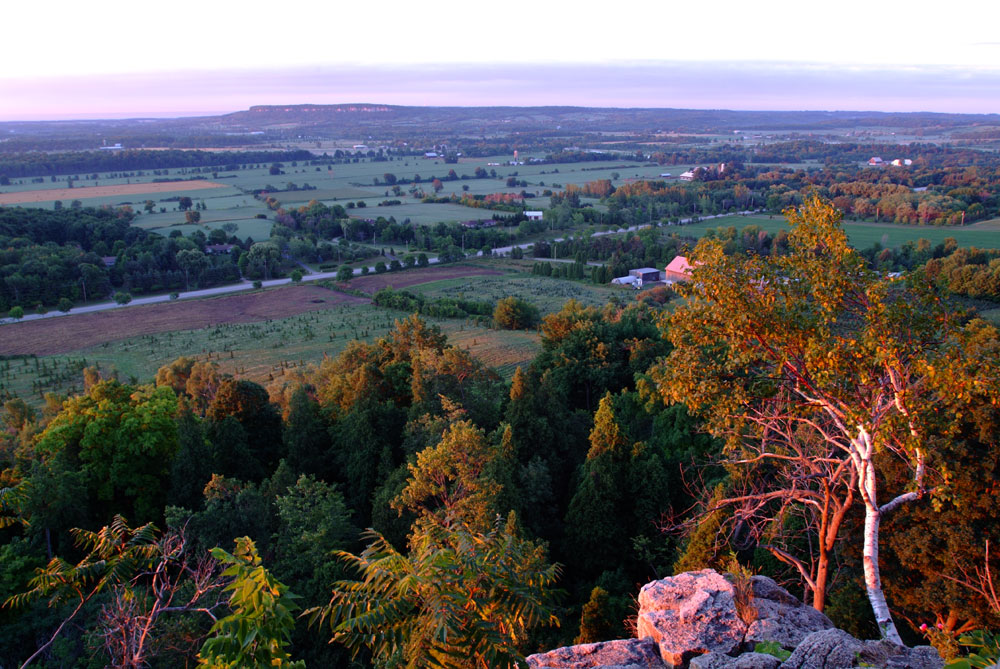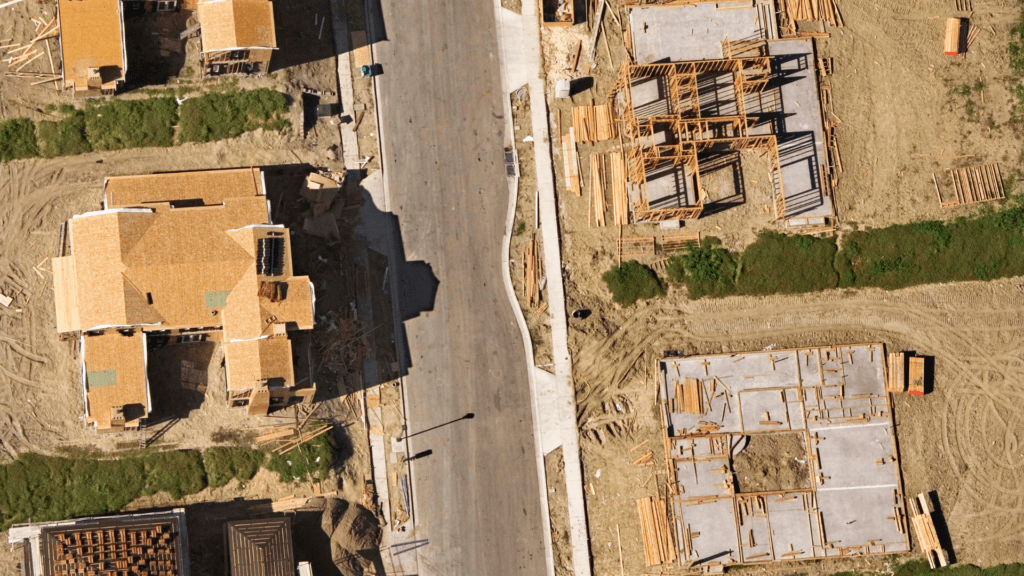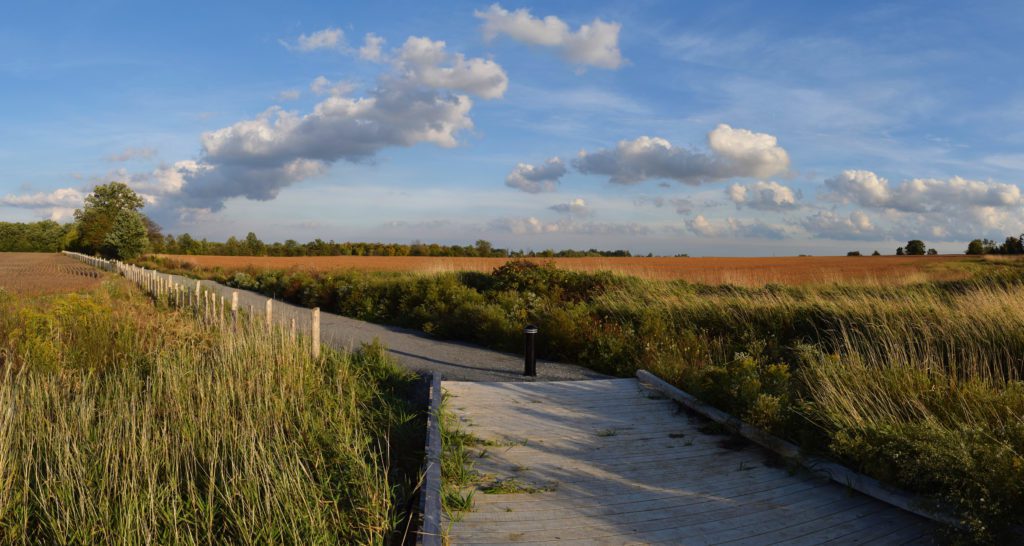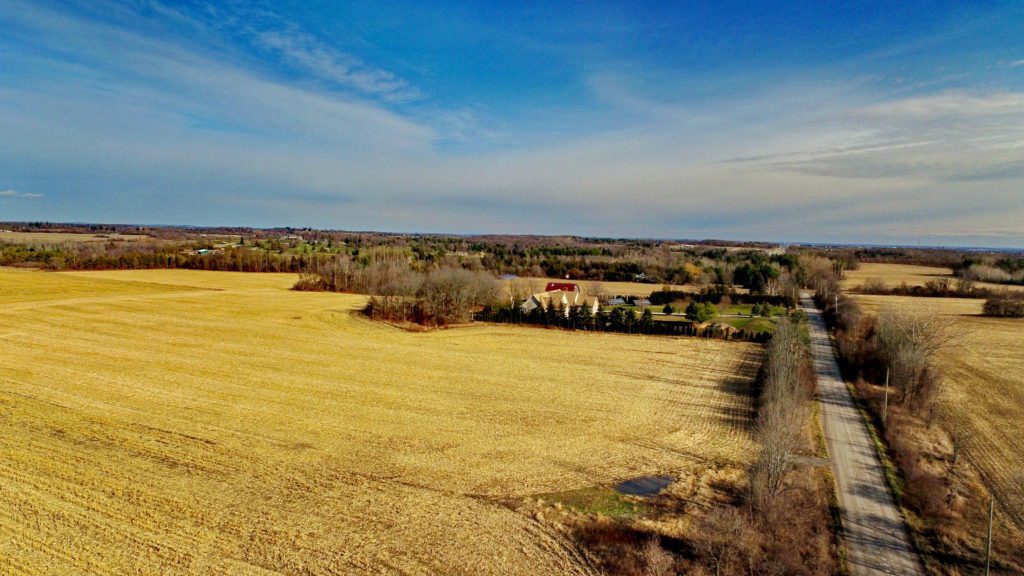Last week the Ontario government made a major announcement about what kind of future we will create for ourselves in communities across the Greater Golden Horseshoe (GGH).


Ten years ago, the province signalled that it wanted to try something different, something better. It created the 1.8 million acre Greenbelt that halted destruction of farms and forests by subdivisions and strip malls. This protected geography was accompanied by the Growth Plan, which specified that cities should use up land in their boundaries before growing bigger and that new developments on farmland should have more people and jobs per acre than before.
In 2016, we can see that some cities and towns took the new direction seriously by increasing their density and limiting urban boundary expansion. This was not always easy. For example, the Region of Waterloo fought a protracted battle with sprawl-favouring developers after the region created an official plan that kept farmland and natural areas largely free of new urban growth. However, many other municipalities resisted the new approach and continued to sprawl outward despite the new direction.
Recently, the province reviewed the Greenbelt and Growth Plans and decided that both are working but that more must be done to encourage cities and towns to achieve the goals that each sets out. Last week’s announcement featured draft changes to the Greenbelt and Growth Plans, which will better protect forests, farms and ensure more livable communities.
The proposed changes included: Strengthening the requirements for building more houses at higher densities inside existing boundaries ; more people per acre must be accommodated in new areas; forests and wetlands will be protected both inside and outside the Greenbelt and the Greenbelt itself will expand to include important areas, such as urban river valleys. These changes will be good for the environment, our economy and Ontarians’ quality of life.
From now until the end of September, the public can comment on these draft changes. Take action today to tell the province you support growing and strengthening the Greenbelt and choosing smarter growth. Make your voice heard now, before the province makes a final decision.
You can also attend a public open house hosted by the government about these proposed changes.
The Ontario Greenbelt Alliance (OGA), a coalition of over 120 organizations across Ontario including Environmental Defence, released a statement supporting the province’s planned amendments. We’re also planning events, detailed policy submissions and outreach to government officials to support the plans during the comment period.
Stopping sprawl means creating the type of communities where public transit is affordable and practical (like in Kitchener-Waterloo where a new LRT is now under construction and attracting new downtown residents and business investment), where streets are walkable (like in new developments along the lakeshore in Mimico) and where taxes are kept lower and services better because more people live in smaller areas, which are less expensive to provide services to.
The OGA praised the province for balancing the need to grow and strengthen the Greenbelt, while steering growth in a more sustainable and climate-friendly direction. However, there are still some changes that would make the plans stronger. The OGA urged the province to take further action to close the door on sprawl.
More Ontarians want to live in mixed-use walkable neighbourhoods that are close to amenities like public transit. The stronger intensification targets in the Growth Plan should help slow unnecessary low-density sprawl that is bad for the environment, expensive to provide services to and diminishes quality of life in the GGH. To ensure this, the province must require that municipalities are compelled to meet the new rules to have their municipal plans approved. Only then will the Growth Plan create complete communities across the region that are affordable and sustainable.
Environmental Defence and our OGA partner groups will continue to advocate for a strongly protected and enhanced Greenbelt, as well as provide recommendations to further strengthen the Growth Plan throughout the provincial consultation that will conclude at the end of September. We hope you will join us!







